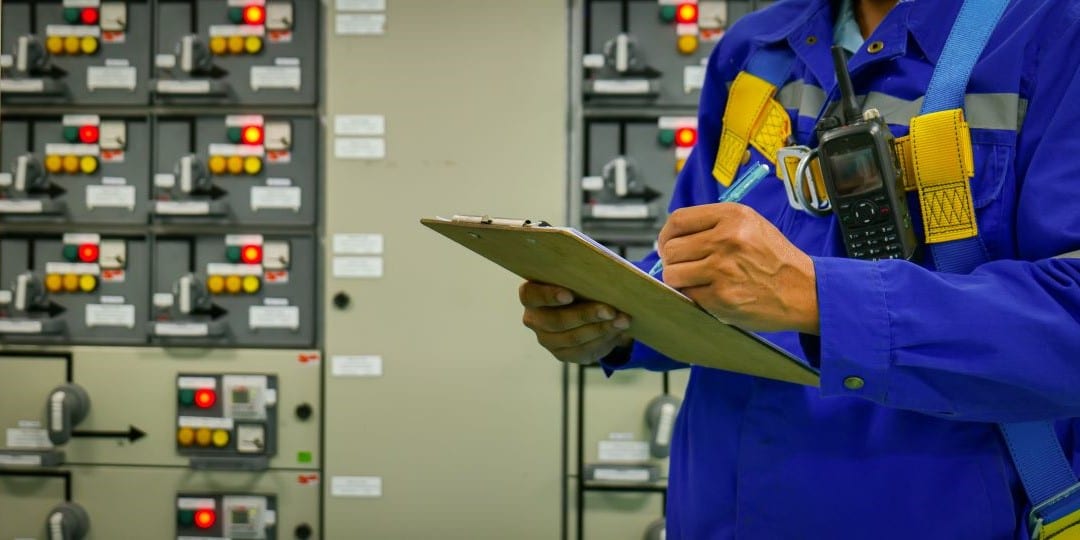by Gregg Massar – Performance Engineer, Engineering & Technical Services
Generator capability testing for both real and reactive power is required by many Independent System Operators (ISOs), power pools, and other transmission entities. It’s performed for a variety of reasons such as market entry, meeting interconnection requirements, system modeling and validation of generator design guarantees. Also, NERC has recently added new requirements for generators to perform real and reactive power testing at least every five years to improve system reliability and data sharing.
However, there’s a caveat: many facilities have run into problems during testing, including unit trips, because they didn’t fully understand system limitations before initiating these tests. Then, when a trip occurs, it’s easy to blame the more involved testing requirements of NERC, ISOs and other operating entities, when in reality, some units have never operated outside of a very conservative operating zone, and testing only flushed out a pre-existing problem.
In order to complete testing safely and effectively, make sure you have addressed the following:
- Understand all local, regional, NERC and other requirements that apply to your facility as well as the deadlines associated with each;
- Coordinate with your Transmission Operator (TOP), Balancing Authority (BA), and other transmission entities in your area as necessary;
- Understand specific unit limitations and trip setpoints;
- Understand how to test safely and efficiently within the limitations of each generator based on the technology type;

Gather and analyze the required data for submission and collect additional information for future use and comparison;Report the required data in the proper format within the deadline specified by each agency.
You’ll find NERC Standard PRC-019-2 extremely helpful in this process as it requires a coordination study between generator protection, generator excitation control and generator capability (figure 1). This study produces documentation that you can use to better understand some of your facility’s capabilities, limitations and trip setpoints. You should also use other industry guidelines and unit-specific data to summarize unit limitations similar to what is shown in Table 1.

You should also be aware that ‘unit limitations’ can include environmental permit restrictions as well as operating and safety limitations. All personnel involved in the testing should remain vigilant and report anything out of the ordinary. Testing should always be stopped if you reach a limit that you don’t fully understand or observe the unit operating abnormally. Also, remember that not every unit limitation has an alarm associated with it.
Data collection is another important tool during this type of unit testing. Not only is a minimum data set required based on the specific test being performed, but additional information should be collected and stored for future comparisons, trending, and troubleshooting if an issue arises. This data should include ambient conditions – both from local readings and from a regional weather station – as well as generator operating data, turbine-specific operating data, and other key unit parameters based on the technology type. Do yourself a favor and download as much of this data as possible in tabular format and never assume historian data will be available in the future.
With the right preparation, a capability test won’t be a complex or unpredictable exercise because you will fully understand the operating limitations of your unit. The data you collect will not only help you better understand how your unit operates but will also help improve the overall reliability of the Bulk Electric System.
